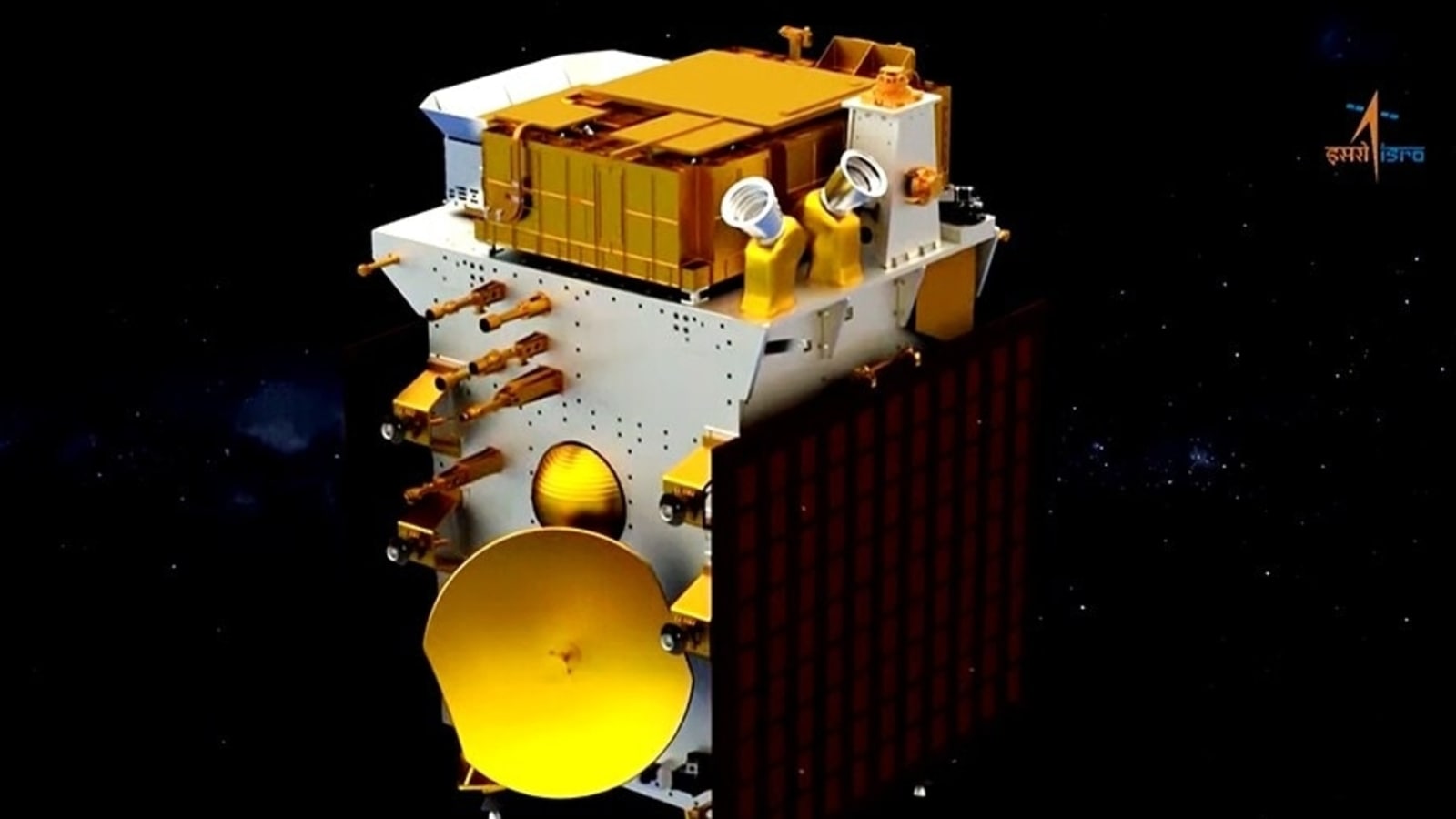ISRO's Aditya-L1 mission reaches a milestone as PAPA detects coronal mass ejections
India's Aditya-L1 solar mission achieved a milestone as its payload, PAPA, detected coronal mass ejections (CMEs) spewing out of the Sun, providing valuable insights into this solar phenomena.

India's maiden solar mission, Aditya-L1, has achieved a significant milestone as the advanced sensors aboard the spacecraft successfully detected the coronal mass ejections (CMEs). Developed by the Indian Space Research Organisation (ISRO), the payload— Plasma Analyser Package for Aditya (PAPA)— played a pivotal role in capturing these crucial observations.
PAPA is an energy and mass analyser designed for in-situ measurements of solar wind electrons and ions in the low energy range. Equipped with two sensors— the Solar Wind Electron Energy Probe (SWEEP) and the Solar Wind Ion Composition Analyser (SWICAR)— PAPA can measure electrons and ions in specific energy ranges and even determine the direction of arrival of solar wind particles.
According to ISRO statements, the data collected by PAPA revealed significant CME events, notably on December 15, 2023, and during February 10-11, 2024. The observations indicated an abrupt increase in total electron and ion counts during the December event, aligning with measurements obtained from other satellites. In contrast, the variations observed during February suggested multiple minor events with distinct time variations for electrons and ions.
ISRO emphasized that the SWEEP and SWICAR sensors on PAPA-Aditya-L1 are functioning optimally, continuously monitoring solar wind particles in default mode. These observations underscore the payload's effectiveness in monitoring space weather conditions and analyzing solar phenomena.
Launched aboard the PSLV-C57 rocket on September 2, Aditya-L1 is placed in a halo orbit around the Lagrangian Point 1 (L1), 1.5 million km from Earth in the direction of the Sun. With its strategic positioning, Aditya-L1 can continuously observe the Sun, providing invaluable insights into solar activities.
Aditya-L1 carries seven payloads aimed at studying various aspects of the Sun, including observing solar light and measuring plasma and magnetic fields in situ. The successful detection of CME impacts by PAPA highlights India's growing prowess in space exploration and its contribution to understanding solar dynamics, essential for predicting and mitigating space weather impacts on Earth.
Catch all the Latest Tech News, Mobile News, Laptop News, Gaming news, Wearables News , How To News, also keep up with us on Whatsapp channel,Twitter, Facebook, Google News, and Instagram. For our latest videos, subscribe to our YouTube channel.





























